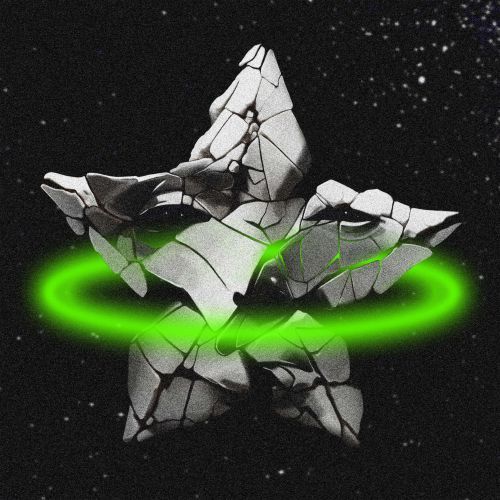The LISA probe and the discovery of new black holes
The European Space Agency has approved the first-ever space-based gravitational wave detector. The Laser Interferometer Space Antenna (LISA) probe will consist of three spacecraft forming one detector following the Earth as it orbits the Sun. LISA can detect lower-frequency gravitational waves using laser beams transmitted between ships than ground-based observatories can pick up. Gravitational waves are created by rapidly moving compact, high-mass objects – including neutron stars and black holes. Work on the construction of the ships is scheduled to start in January 2025, and the probe is to be launched into orbit in the mid-2030s. The distance between LISA and Earth will be more than 100 times greater than between Earth and the Moon.
MIT scientists have observed 18 new vast bursts of energy released as a black hole destroys a star. Explosions (called tidal disruption events) occur when a star falls into the horizon of a black hole and is absorbed by it, gradually releasing enormous amounts of energy in the form of electromagnetic radiation. They are usually detected by the vast bursts of X-rays accompanying them and the release of large amounts of infrared radiation. The newly discovered black holes have helped scientists learn more about what tidal disruption events are and where they occur.























